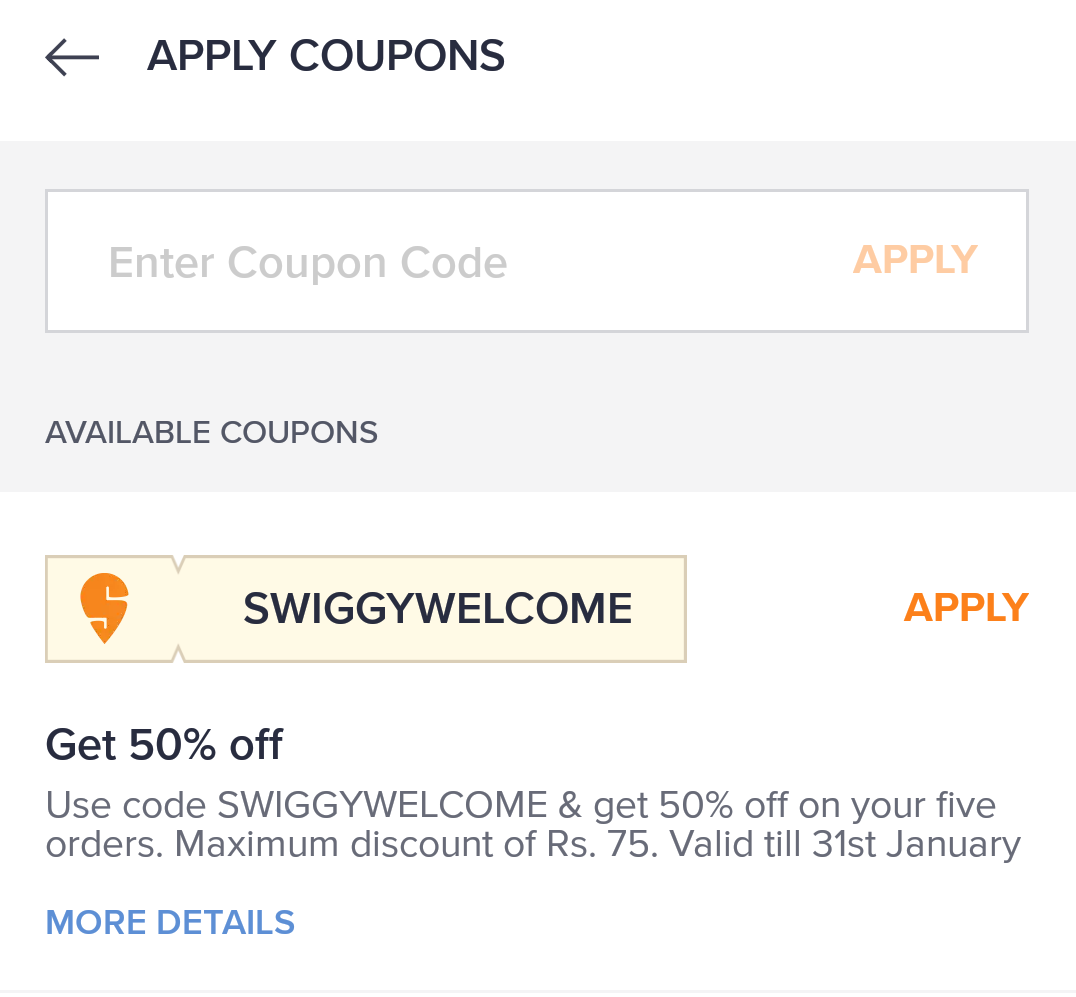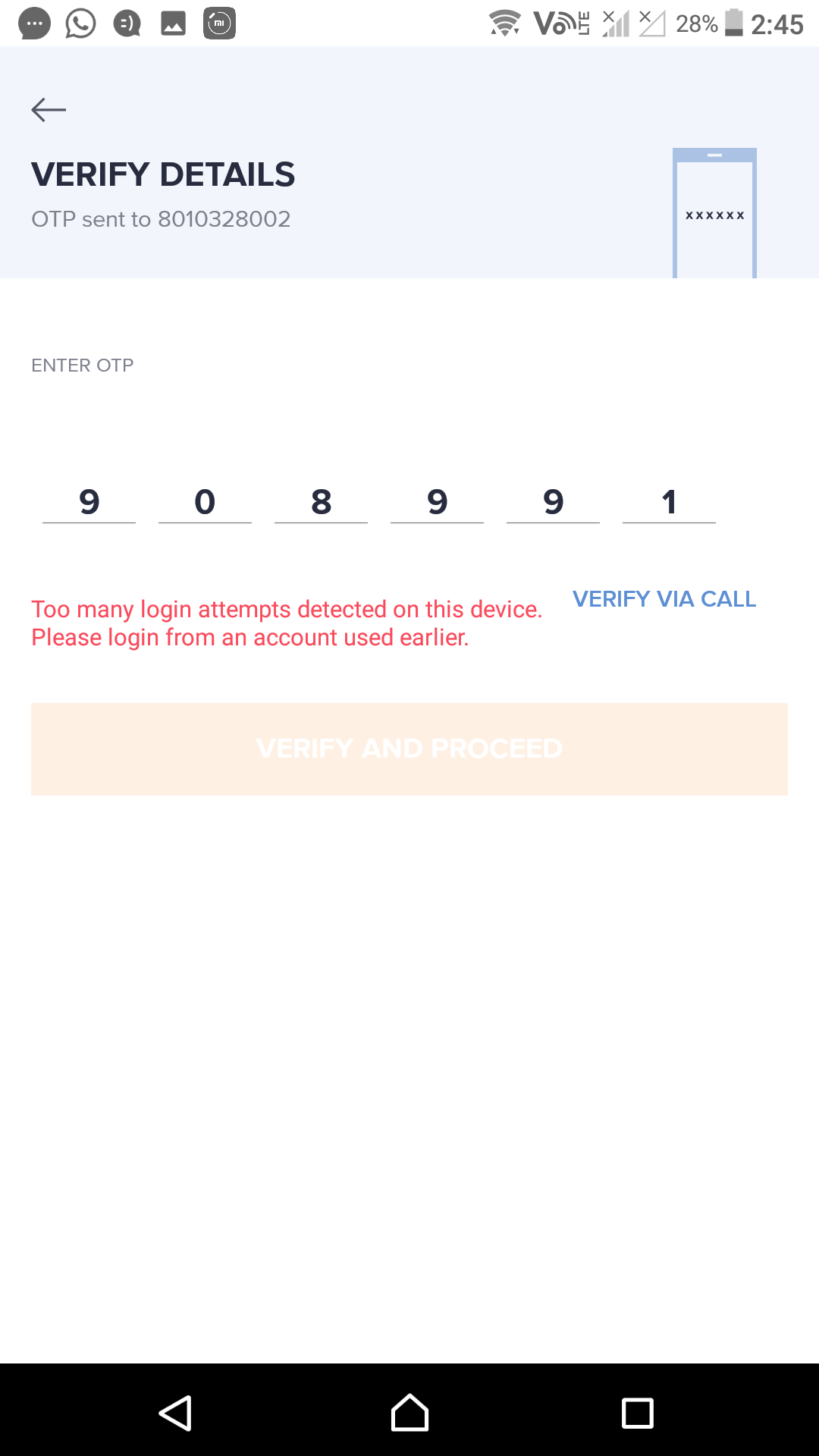
Multiple Accounts Fraud
When Swiggy scaled to Tier 2 cities, it observed an erratic growth within days. What seemed like a head-start provided by the popularity in metropolitans, had a rather unusual statistic to go with it. The adoption seemed to bring new users exponentially, but the number of devices weren’t growing as fast.
Coupon abuse was at play here. Customers would create multiple accounts to redeem new user coupons and referrals. Not acquiring any valuable customers to the platform while bleeding cash- things needed to be addressed quickly.

Solution: Throttle device logins to discourage multiple accounts for coupons. But how many accounts should be allowed?
How does a company that obsesses about customer experience, decides the right account limit?
Limit too strictly and you might find yourself affecting the genuine users! Make it lenient and it won’t attack the majority of abusers!
We decided to approach the solution analytically- Sizing the burn against login pareto and assessing the value each bucket of consumers bring to the platform.
We looked at secondary and tertiary users from these devices and compared their Order size, coupon redemption and platform repeat & retention against primary users. This would validate our hypothesis that the intent of multiple logins were coupons and help us with revenue impact of going ahead with each limit.

Result: The intent of abuse was definitive with 3rd login and indicative with 2nd. Moreover, both secondary/tertiary users seemed to bring less revenue to the platform. Limiting to 1 user per device was concluded as affecting genuine use cases.
Account limit was eventually decided as 2/device.